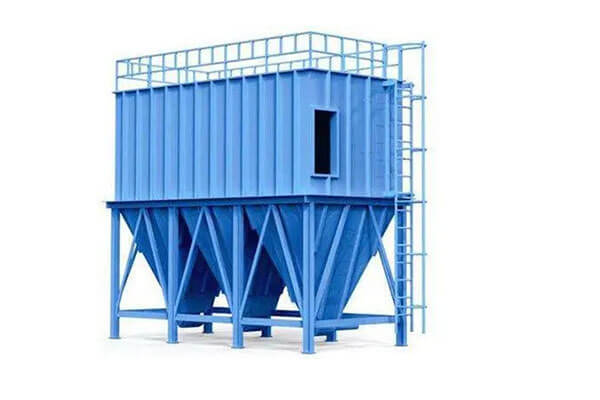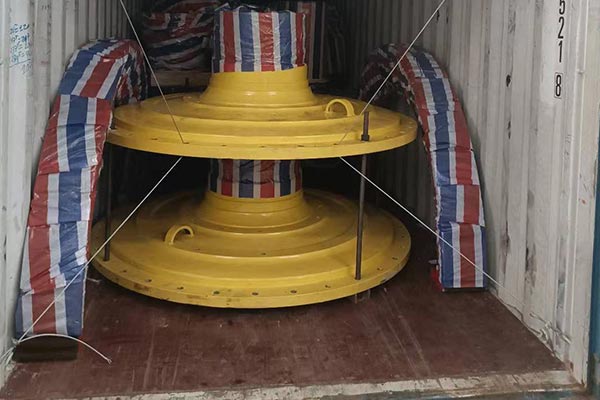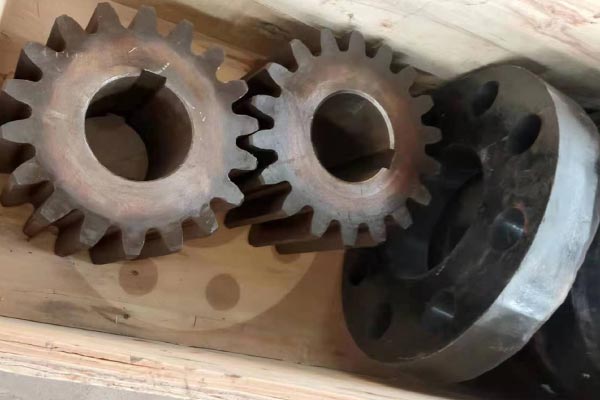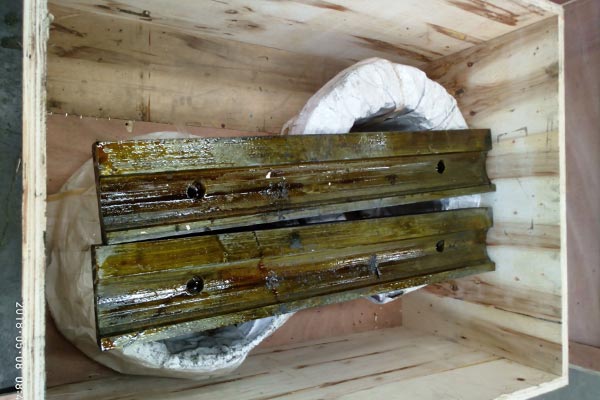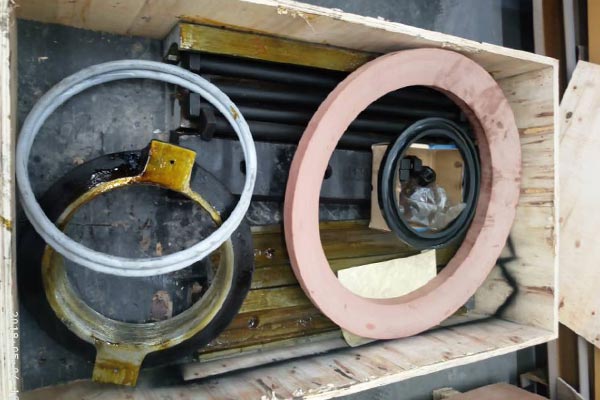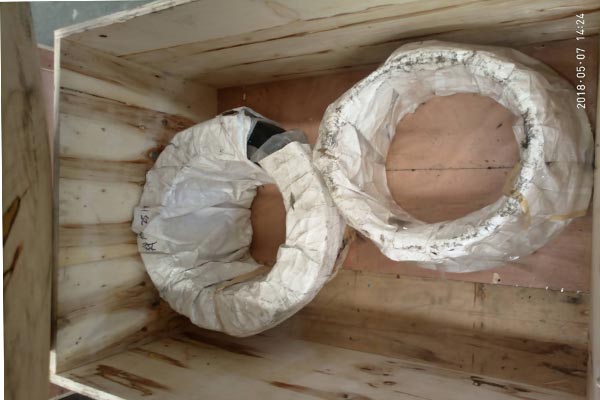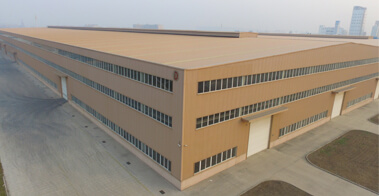OVERVIEW
In recent years, the demands for environmental protection have become increasingly stringent. Dust control and collection in the mining industry are of utmost importance. During the production of sand and gravel materials, dust is inevitably generated due to the crushing of stone. According to regulations, dust control devices should be incorporated into the stone crushing and screening process. To address this, our company has designed a high-efficiency, high air volume pulse-jet bag-type dust collector specifically tailored to the characteristics of dust in the sand and gravel crushing process.
ADVANTAGES
-
High dust collection efficiency: The dust collection efficiency reaches 99.99%, and the emission concentration fully complies with the national environmental protection emission standards.
-
Low maintenance costs: Advanced structural design, the use of reliable and high-quality key components enhance the equipment's reliability, ensuring long-term stable operation of the dust collector. Maintenance costs are only about 70% of a typical dust collector.
-
Long filter bag lifespan: Advanced pulse cleaning methods and high-quality filter bags and accessories significantly extend the lifespan of the filter bags.
-
The dust collector housing contains a spacious dust settling chamber, reducing the dust concentration entering the bag area and alleviating the bag's load.
-
The spacing between bags is generous, reducing the speed of rising airflow in the dust removal area, making cleaning more efficient.
-
The power of the screw conveyor is increased compared to regular dust collectors (if applicable), making it less prone to blockages, even with larger particles or higher moisture content in the dust.
-
Easily detachable pulse valves and bag components are used. On-site assembly and disassembly require no special tools, making it simple and convenient.
-
The bag mouth features a spring-tightening structure for easy assembly and good sealing.
-
The housing is designed for airtightness, ensuring excellent sealing. High-quality sealing materials are used for inspection doors, and the leak rate is minimal, confirmed through kerosene leak testing during manufacturing.
-
The layout of the inlet and outlet air ducts is compact, resulting in low airflow resistance.
-
The entire unit is controlled by PLC, enabling automatic dust cleaning and ash discharge.
-
It can be equipped with a continuous conveying pump to directly transport the collected dust into storage, promoting environmental cleanliness.
-
Depending on the specific dust removal requirements of different equipment, modular and standardized dust collectors can be chosen.
WORKING PRINCIPLE
Filtration Principle: Under the action of the main system fan, the dusty air enters the dust collector through the inlet. It passes through an airflow equalization device and then enters the ash hopper, where the lower velocity of the airflow, along with inertia and the effect of gravity on dust particles, causes larger dust particles in the air to separate and fall directly into the ash hopper. The dusty air then passes through the ash hopper into the filter bag filtration area, where the air passes through the filter bags, and the dust is trapped on the outer surface of the filter bags. The purified air enters the clean air chamber through the filter bag mouth and is then discharged through the outlet.
Dust Cleaning Principle: With the passage of time, the dust layer on the filter bags thickens continuously, resulting in an increasing resistance. When the resistance reaches a predetermined value, the dust cleaning device initiates the cleaning process. During dust cleaning, compressed air is sequentially passed through various pulse valves in a very short period, then through the nozzle of the blowpipe to jet onto the filter bags. This causes rapid expansion and vibration of the filter bags. Under the influence of the reverse airflow, the dust adhered to the outer surface of the filter bags is dislodged and falls into the ash hopper.
Dust Collection: The dust collected through filtration and cleaning falls into the ash hopper and is then discharged through the ash hopper outlet.


